Choosing a plot
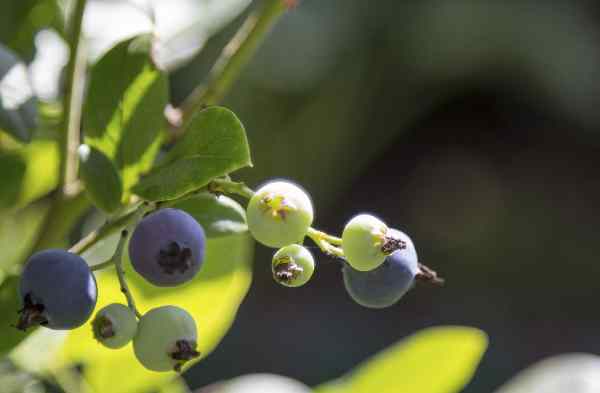
Blueberry plants can be grown outside or inside in containers. When planting into the ground, each plant will need approximately a 2 ½ feet diameter with a 1 foot depth. Plants can be as close as 2 ½ feet, but leave 8-10 feet between rows of plants. If planting in a container choose a container at least 12 inches in diameter, and later replant into a container approximately 20 inches in diameter.
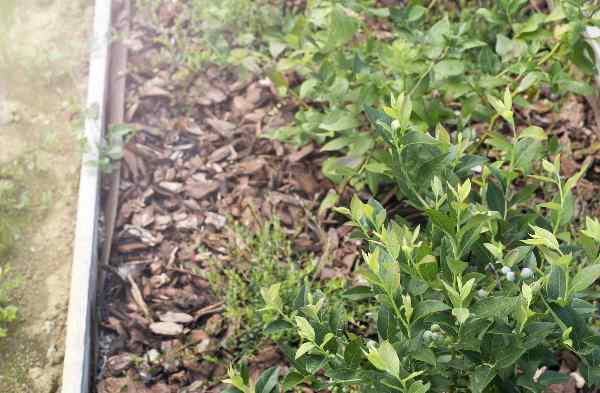
Blueberry plants require soil that is moist, but not soggy, and are best planted in direct sunlight, but protected from the wind. If planting in containers, place some broken bits of concrete or ceramic at the bottom as this allows the moisture in the soil to be retained.
Planting seeds
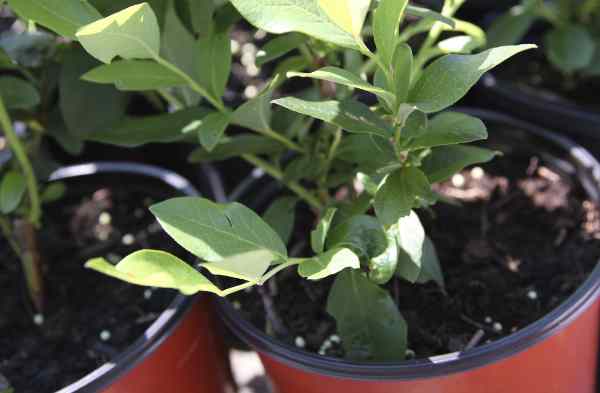
Plant new specimens of blueberry plants throughout the winter months. They begin to flower around April, and produce berries from June through to September. They will reach their full production after around six years.
Planting two types of blueberry plants in proximity to one another can help with production of fruit, as the plants cross pollinate. This can also help to stretch the harvesting season as different varieties will mature at different times.
Nurturing your seeds
Just after planting the seeds, spread a layer of mulch over the soil (about three inches thick.) This helps to keep the roots moist and cool. Water the plants regularly, giving them 1-2 inches of water a week. If possible, water with rainwater, as this helps to maintain the acidity of the soil.
For the first 2-3 years, the blueberry plants should not need to be pruned. After this, prune the plants yearly, around February time. Remove weak or crowded branches each year, and every second or third year prune the plant down to the ground.
Check the soil pH around the time of pruning, and spread sulphur if the soil needs to be more acidic.
Harvesting blueberries
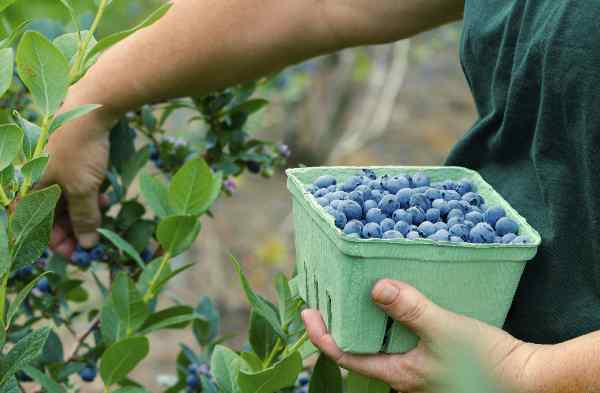
It is worth protecting the blueberries from the birds, as they enjoy the fruit as much as we do. Cover the plants with a fine mesh as soon as they begin to form berries, around May. This can be removed at the end of the berry season.
The berries turn from green to blue as they ripen. Once the berries have been blue for a couple of days they are usually ready for harvesting. The ripe berries should fall off into your hand if you gently shake or touch them, and this is when they will be at their sweetest.





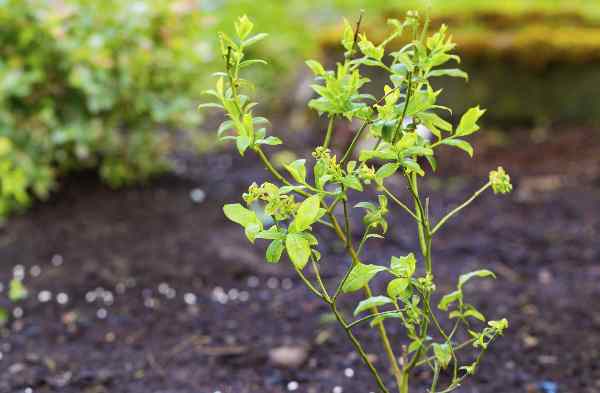
 Looking for our products in a store near you?
Looking for our products in a store near you?
